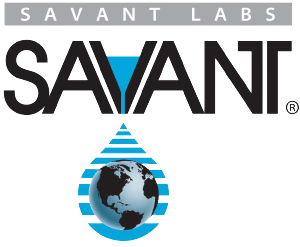"Properties of Jet Fuels at Low Temperature and the Effect of Additives"
Presented at American Chemical Society - 2002
2002
Written by S. Zabarnick and M. Vangsness, University of Dayton Research Institute, Dayton, OH,
-- Petroleum Chemistry Division Preprints 2002
Abstract: Long-duration, high altitude aircraft flights expose jet fuel to extremely low ambient temperatures (<-70°C). The relatively large normal alkanes (n-C16 to n-C18) present begin to crystalize at these low temperatures, ultimately resulting in fuel gelation that can prevent the fuel from being available for combustion in the engine. In addition, as the viscosity increases with decreasing temperature, the ability of fuel to flow at sufficient rate through tight tolerance valves and filters can be inhibited. The US Air Force JP-8+100LT program is exploring the use of additives to improve the low temperature properties of conventional jet fuels (1).
In the work, we report on studies of changes in jet fuel properties at low temperatures using the Scanning Brookfield viscometer; pour, cloud, and freeze point measurements; and differential scanning calorimetry (DSC). We will show how changes in viscosity correlate with other property measurements, such as cloud point. Another goal of this work is to enable use of these measurements in predicting the operability of fuel tanks and systems at low temperature. In addition, we will show how these measured properties change upon addition of additives that interfere with crystallization of the large normal alkanes present.





